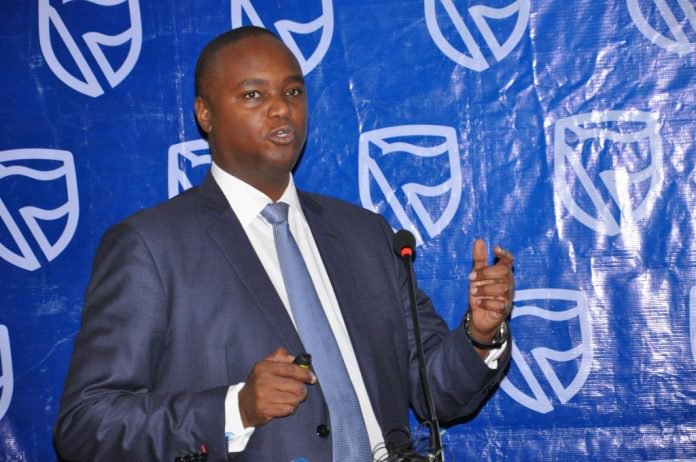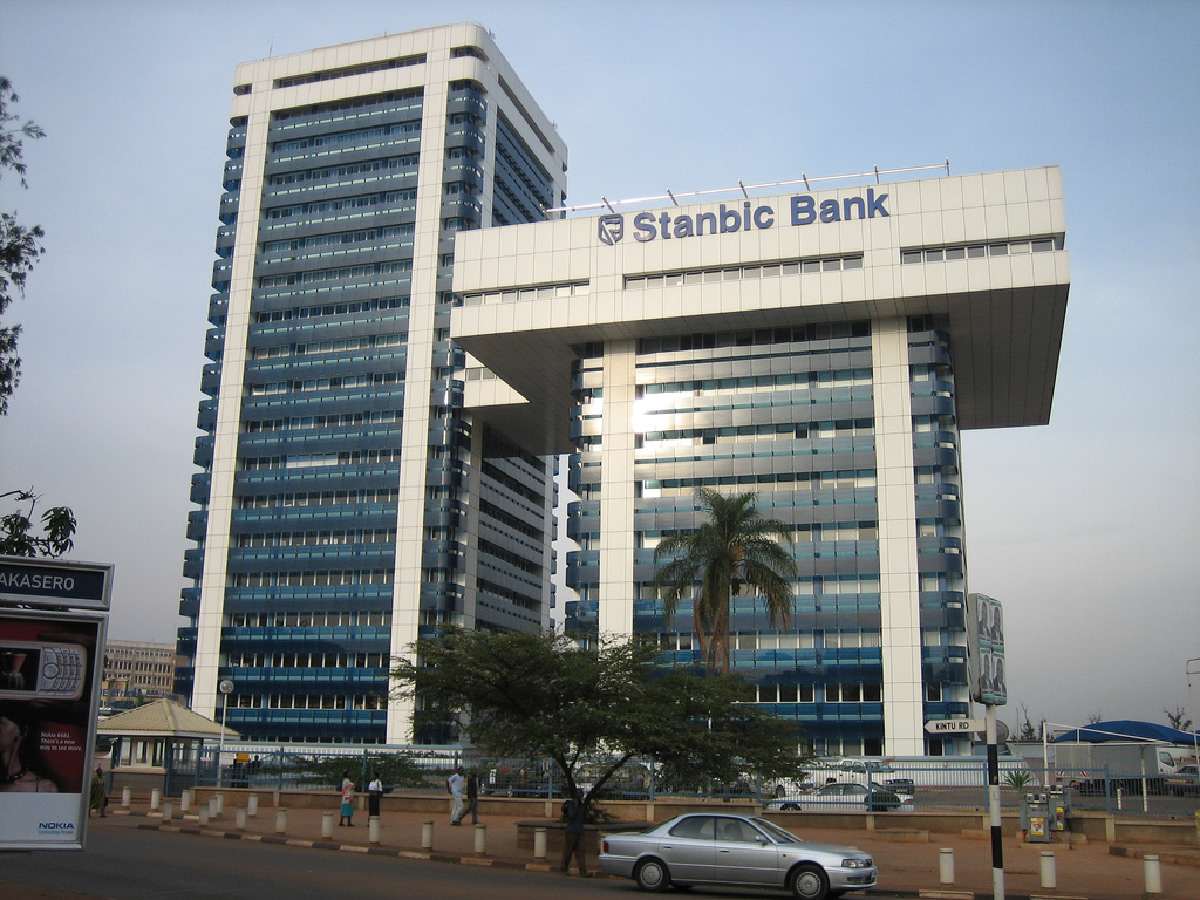Stanbic Bank has released its 2017 full year financial results with the bank registering a better performance compared to the previous year.
Annual figures from the report released on Wednesday indicate that the bank posted a 5% increase in its net profits from Shs 191 billion in 2016 to Shs 200 billion in 2017.
The overall loan book grew by 8% to Shs 2.13 trillion up from Shs 1.98 trillion which the Stanbic Uganda CEO, Patrick Mweheire attributed to synonymous reduction of the bank’s prime lending rate with the Central Bank signaling rate.
In the past 18 months, Stanbic reduced its interest rate by over 7.5 basis points.
“At just 17.5% Stanbic now has one of the lowest lending rates of all banks active in the Ugandan credit market,” Mweheire said.
In the same year, 2017, Stanbic increased its market share in the banking sector, with its deposits growing by 18% from Shs 3 trillion to Shs 3.62 trillion. This represents 20% of all bank deposits in the country.
According to Mweheire, out of the Shs 168 billion in net industry credit growth, Stanbic’s growth represented over 80% (Shs 157 Billion) which meant the bank played a significant role in providing credit to individuals and businesses.
The bank’s total assets grew by 17.9% while the balance sheet grew by over Shs 800 billion to Ushs 5.4 trillion which enabled Stanbic to finance key infrastructure projects to a time of Shs 1 trillion.
In explaining the improved performance, Stanbic’s CEO said the bank was able to improve its efficiencies through control environment and management processes which reduced the operating expenses by Shs 15 billion from what it was in 2016.

“Our investments in the further integration of digital technology within our product and service offering also contributed to a reduction in our cost to serve while giving our customers greater access and flexibility to bank if, when and whichever way they wanted,” he said.
However, the bank’s overall income fell by 6% from Shs 376 trillion to Shs 353 trillion year on year.
Analyzing the banks key performance indicators Sam Mwogeza the Chief Financial Officer revealed the bank reported improvement across all key financial metrics.
“Our credit loss ratio was just 1.3% compared to 1.8% registered in 2016 and continues to be well below the industry average. In addition, we managed to reduce our cost to income ratio by 1.6% to 50.5% while our earning per share climbed to Ushs 3.92 per share from Ushs 3.73 in 2016,” Mwogeza said.
“Our shareholders will be pleased to hear that based off the banks strong performance, the Board has approved a dividend pay-out of Shs 90 billion, an increase of 50% over 2016,” he added.
The bank projects stronger economic recovery in 2018 largely supported by improving aggregate demand with moderate inflation in a benign low interest rate environment.







